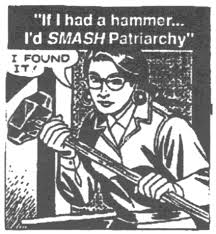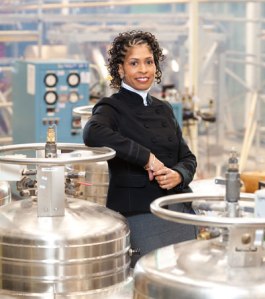So, first thing I need to say is that I have written this directly to the text area of the blog New Post section multiple times and then hit “post” and it not save my words. So I am thinking about cutting and pasting this before publishing so that I have some record of what I wrote and don’t have to rewrite again. This has been a little frustrating.
As for the set-up process, I made a few changes to the set-up of my blog and made some decisions about theme that I would like to share with you. Think of this as a shared journey through WordPress, and blogging in general. We can kind of use this to learn how to do this together. This week I added an RSS Feed, made some design choices for the look of the blog, added pages for future projects I know that I am going to do on here (this was done mainly to learn how to do it), created categories for posts, added and removed some widgets, and changed the order of the widgets to create a more reader-friendly sidebar. But most importantly I sort of wandered WordPress, reading other blogs, learning from much more experienced bloggers, consider aesthetic, and got friendly with settings so that I can navigate my blog and this blogworld from a more equipped place. What I found is that WordPress is entirely navigable and user-friendly, which made me even more excited to get this blog up and running.
One thing about set-up that I think is important to share is the concept of reader-friendly design. I am, what I like to call, a baby goth – meaning that, even as an adult who lives a non-goth’s life, I have inside of me my own little teenage goth girl and I don’t think she and I will ever move on from one another. Because of this, I tend to be drawn to dark patterns, sort of creepy backgrounds, and lots of blacks and greys (or is it grays – I never know). I have also learned this week, from my Gender and Technology instructor as well as from my experience as newly traveled blog-explorer, that white or light writing on a black or super-dark background looks really cool but it is sort of exhausting to read and it strains the eyes of the reader. Here is my fear: what if my readers go away from my blog feeling tired? I don’t want that. So my compromise is a dark top design, a dark image using the Hemingway setting – which is a large top image and then a streamlined reading and writing experience, on a white background with black and green lettering. I like it. It does the dark design without the reader’s experience of a dark design. The most important part of this lesson was to think like the reader. It’s important that you do you, because no one else can. And the design of my blog has to be me being me for the same reason. So I won’t compromise my story and I won’t over-compromise my design. But I think that a blog is a request for people to enter into your life and sort of travel with you. You can’t really be inviting if your needs as travel guide trump the needs of your co-travelers. (Ok, enough with that analogy.)
Another note, or rather final note, I think that the RSS feed is a genius edition to your blog. First, consider it a built-in brainstorming tool. Also, it creates a moving/changing space inside the blog that I think lends itself to this kind of expanding written format. Because my blog is Gender and Technology-centric. I decided to include in my blog feminist magazines, queer magazines, as well as tech magazines and journals. I also am subscribing to news from local, national, and international large press like San Diego Union Tribune, the New York Times, and Ha-Aretz but controlling for Women in STEM, Gender and Technology, Gender and Science, Feminism and Technology, and other like topics. I love this section of the blog.
If you have any questions about how to navigate your set-up and how I did specific things, if you would like to have a conversation about widgets or categories or pages, please comment below and we will learn this stuff together. Thanks for doing this with me! It’s more fun with friends.

Basic technology to fight the dominant, heterosexist, cisgenderist, racist, xenophobic, patriarchal paradigm. SLEDGEHAMMER.


